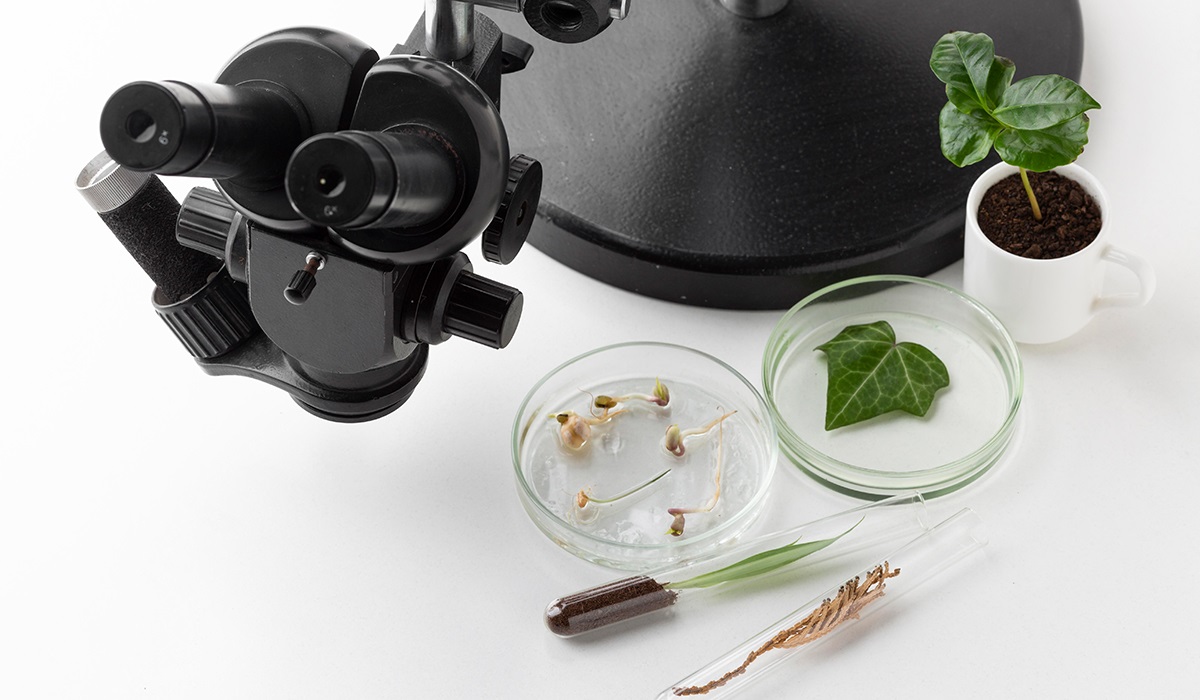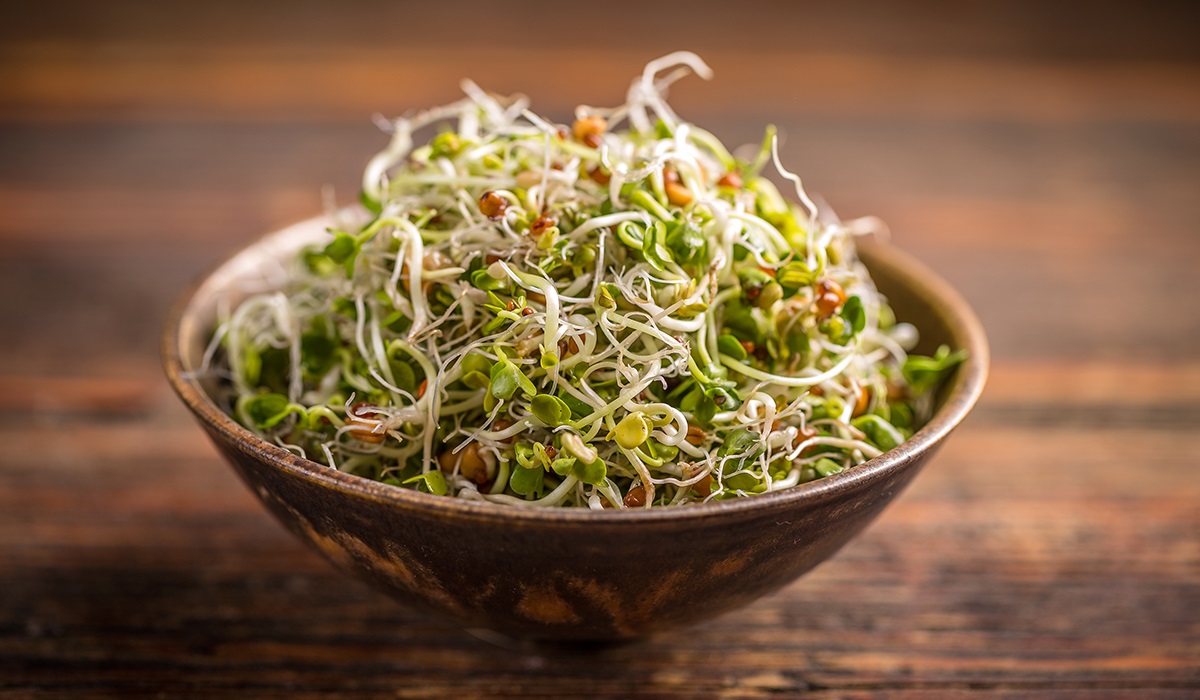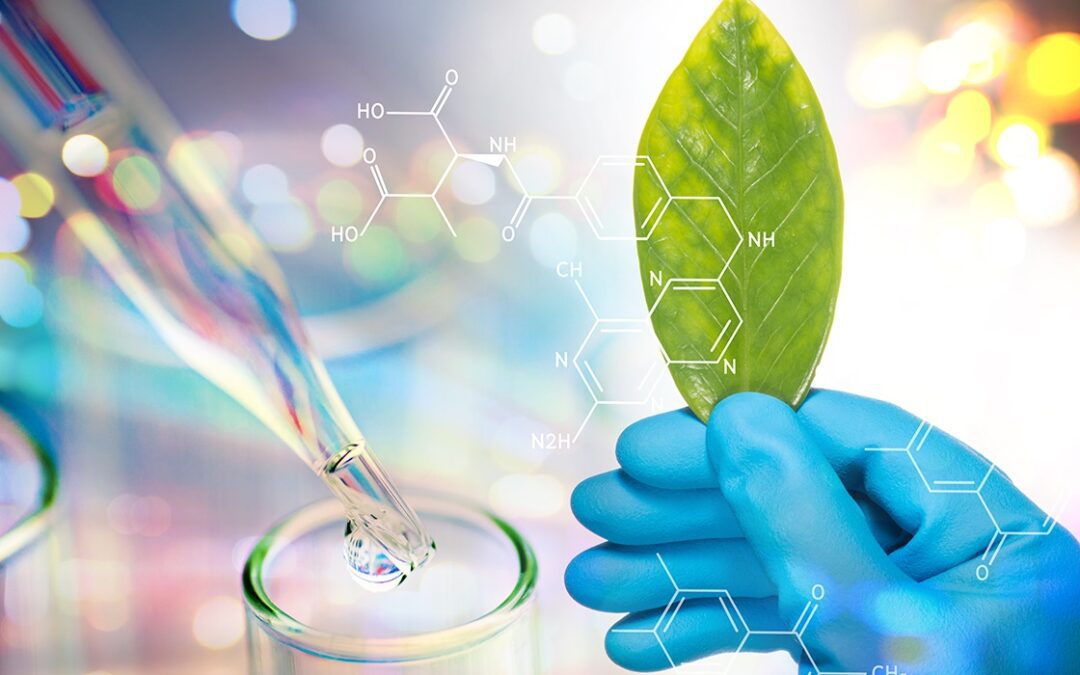Insights of Antinutrients
Antinutrients are natural compounds found in a variety of foods, primarily grains, beans, legumes, and nuts. They can potentially reduce vitamin and mineral absorption, as well as other nutrients and micronutrient levels. These compounds can even impair the functioning of digestive enzymes, which are essential for proper meal absorption.

The important thing to remember is that eating a well-balanced meal is not enough; you must also consider how much may be absorbed in your gut. That is the million-dollar question about your healthy lifestyle. So, instead of naively consuming more and more nutritious food, you should think carefully about what is important and how you may boost your food nutrient absorption level in your gut. In other cases, nutritionists discovered that patients were eating nutritious foods but not seeing an improvement in their health.
The situation is found to be more hurtful to those who are already at risk of malnutrition and suffering from hunger; therefore, your food should minimize the amount of antinutrients that are acting as main villains to cut the nutritional level of your delicious food. Some of the potent antinutrients are lectins, oxalates, goitrogens, phytoestrogens, phytates, and tannins. However, the main challenge is that common people are less familiar with the term “antinutrients” and have a lack of understanding in this regard. But all antinutrients are not underestimated as bad for us; some are also useful, such as antioxidants, anticancer, and antimicrobial capabilities. Don’t get confused; antinutrients are not exceptional. They also have pros and cons, so you need to balance your food habits, and this is the way to lead a beautiful lifestyle.
Why plants produced antinutrients
These antinutrients play important roles in plant defence mechanisms, protecting plants from herbivores, insects, diseases, and harsh weather conditions. However, it is important to note that many of these chemicals can hurt human and animal health if taken in significant amounts. Over millions of years of evolution, plants have accumulated a remarkable arsenal of defence measures. They manufacture more than a thousand distinct antinutrients to combat dangers. These include saponins, tannins, phytic acid, gossypol, lectins, protease inhibitors, amylase inhibitors, and goitrogens.

What is the type of antinutrients?
Several types of antinutrients need to be discussed, which are given below, and how they impact our health system. Most antinutrients are the major checkpoints for nutrient availability during the digestion process; some reduce the absorption of metals like zinc, iron, and other micronutrients. However, if you look at those people’s food habits only depending on raw plant-based food or unprocessed food, there is a greater chance of detrimental effects of antinutrients. So, in order to reap the most benefits, you must consume in the appropriate manner.
Antinutrients Lectins
Lectins, also known as hemagglutinins, are a type of antinutrient found in many plant-based meals. Lectins are proteins that can attach to carbohydrates. They battle pests as part of a plant’s defensive mechanisms. These proteins are predominantly found in legumes such as beans, lentils, peas, soybeans, and peanuts, as well as whole grains such as wheat. Raw or undercooked kidney beans, for example, contain a lectin known as phytohaemagglutinin. Even tiny doses of these beans can cause serious reactions such as blood clotting, nausea, vomiting, stomach distress, and diarrhoea.

Antinutrients Lectins
Lectins, also known as hemagglutinins, are a type of antinutrient found in many plant-based meals. Lectins are proteins that can attach to carbohydrates. They battle pests as part of a plant’s defensive mechanisms. These proteins are predominantly found in legumes such as beans, lentils, peas, soybeans, and peanuts, as well as whole grains such as wheat. Raw or undercooked kidney beans, for example, contain a lectin known as phytohaemagglutinin. Even tiny doses of these beans can cause serious reactions such as blood clotting, nausea, vomiting, stomach distress, and diarrhoea.
Antinutrients Phytates
Phytic acid, also known as myo-inositol-l,2,3,4,5,6-hexakis dihydrogen phosphate, is found in foods as crystalline globoids within protein bodies in the cotyledon of legumes and oilseeds, as well as the bran section of cereal grains. It serves as the primary storage form of phosphorus in these seeds. When seeds sprout, phytate breaks down, releasing the stored phosphorus for use by the young plant. Interestingly, phytic acid has both positive and negative effects on health. Phytic acid reduces the absorption of essential minerals such as iron, zinc, and calcium in the body. When consumed in high amounts, it may contribute to mineral deficiencies over time. However, this is rarely a concern for people who maintain well-balanced diets.
Table 1: Phytic acid in seed
|
Seed |
% phytic acid |
|
Almonds |
0.4–9.4 |
|
Brazil nuts |
0.3–6.3 |
|
Lentils |
0.3–1.5 |
|
Sesame seed |
1.4–5.4 |
|
Wheat bran |
2.1–7.3 |
|
Kidney beans |
0.61–2.38 |

Antinutrients Oxalates
Oxalates, commonly known as oxalic acid, are naturally occurring chemicals found in foods such as spinach, chard, sesame seeds, tea, and rhubarb (particularly the leaves). Oxalates are classified as antinutrients because of their ability to bind to dietary calcium and produce calcium oxalate crystals, which prevent the body from absorbing and using this essential mineral and cause health problems such as osteomalacia, rickets or high consumption of oxalates can lead to the formation of kidney stones.
Antinutrients Phytoestrogens
Phytoestrogens are naturally occurring chemicals found in plants. Its molecular structure is identical to oestrogen, which is the primary female sex hormone. Common phytoestrogens include isoflavones, lignans, and coumestans. Soybeans, flaxseeds, lentils, and certain fruits and vegetables. Phytoestrogens may have estrogenic effects in the body, which could upset hormonal balance, particularly in vulnerable individuals such as those with hormonal imbalances or certain medical diseases.
Antinutrients Tannins
Many plant-based diets contain tannins, which are antinutrients. Tannins are a type of polyphenolic compound that can bind to proteins, carbohydrates, and minerals, limiting their absorption in the body. Tannins are particularly abundant in tea, coffee, wine, and several fruits, such as grapes, pomegranates, and berries. They contribute to the astringent taste that many people get when they ingest certain foods and drinks. Tannins bind to metals like iron and zinc, reducing their absorption, and may even disrupt digestive enzymes.
How can reduce the effects of antinutrients in your food?
Antinutrients are naturally occurring and cannot be eliminated. There are numerous methods for reducing their effects that you can utilize to boost their bioavailability in your gut, as described in this paragraph.

Soaking: Soaking legumes, grains, nuts, and seeds in water for hours or overnight helps reduce antinutrient levels and break down phytic acid, which limits mineral absorption
Sprouting: Sprouting grains, seeds, and legumes triggers enzymatic activities that can reduce antinutrient levels. Sprouting can also boost the availability of several minerals, making them more accessible.
Fermentation: Fermentation is a process that can break down antinutrients while simultaneously improving the nutritious value of foods. Fermented foods that can help lower antinutrient levels include yogurt, kefir, tempeh, miso, and sauerkraut, as well as fermented bamboo shoots and pickles.
Cooking: Cooking can help to break down antinutrients in meals. Boiling, steaming, or roasting can lower lectin and oxalate concentrations. However, it is equally critical to prevent overcooking, as high temperatures might damage heat-sensitive nutrients.
Using acidic mediums: Adding acidic liquids such as lemon juice, vinegar, or yogurt to foods while soaking or cooking will help reduce antinutrient levels. Acidic mediums can degrade substances such as phytic acid, improving nutrient absorption.
formulated foods: First and foremost, you must conduct a qualitative and quantitative laboratory study of antinutrients in your food to understand the amount and kind of antinutrients present in your food, which will assist you in developing an effective food formulation.
In this case, Cultivator Phyto Lab is one of the best choices for antinutrient analysis. Pairing antinutrient-rich foods with foods strong in complementary nutrients can assist in reducing their effects. For example, eating vitamin C-rich foods alongside iron-rich foods helps improve iron absorption and mitigate the effects of substances such as phytic acid.
Balance diet:
Balance your diet to avoid overconsumption of specific antinutrient-rich foods. A balanced and diverse diet is critical for good health. Using these tactics, you can reduce the impact of antinutrients while still eating your craving foods!
Remember that not all antinutrients are harmful, and some may even be beneficial. The idea is to be understanding of your sensitivities to different foods and tailor your diet accordingly.
Authors

Dr. Sanjoy Gupta (Ph.D)
Senior Officer- Training and Capacity Building
Dr. Sanjoy Gupta is a seasoned researcher with 13 years of experience across plant biotechnology, health science, nutrition, phytoplankton, and botanical studies. He has conducted research at reputed institutions like CSIR IIP, BSI, NIOT, and Cultivator Natural Products. With over a dozen published articles in national/international journals and thoughtful blog contributions, Dr. Gupta’s multidisciplinary expertise advances knowledge in holistic wellness and scientific innovation.

Sandeep Sharma
General Manager at Cultivator Phytolab
Sandeep Sharma is a seasoned Quality and Laboratory Management systems professional with 19+ years of experience. Currently the General Manager at Cultivator Phyto Lab Pvt. Ltd., he has expertise in analytical science, QMS implementation, training, auditing (ISO 22000, ISO/IEC 17025), and business development. He excels in laboratory design, development, and operational excellence, and is a certified Lead Auditor and scientific writer.
Reference :
- https://www.ncbi.nlm.nih.gov/pmc/articles/PMC7600777/pdf/nutrients-12-02929.pdf
- https://www.hsph.harvard.edu/nutritionsource/anti-nutrients/lectins/
- https://www.ncbi.nlm.nih.gov/pmc/articles/PMC4325021/
- https://www.ncbi.nlm.nih.gov/pmc/articles/PMC6390141/pdf/OAMJMS-7-495.pdf

